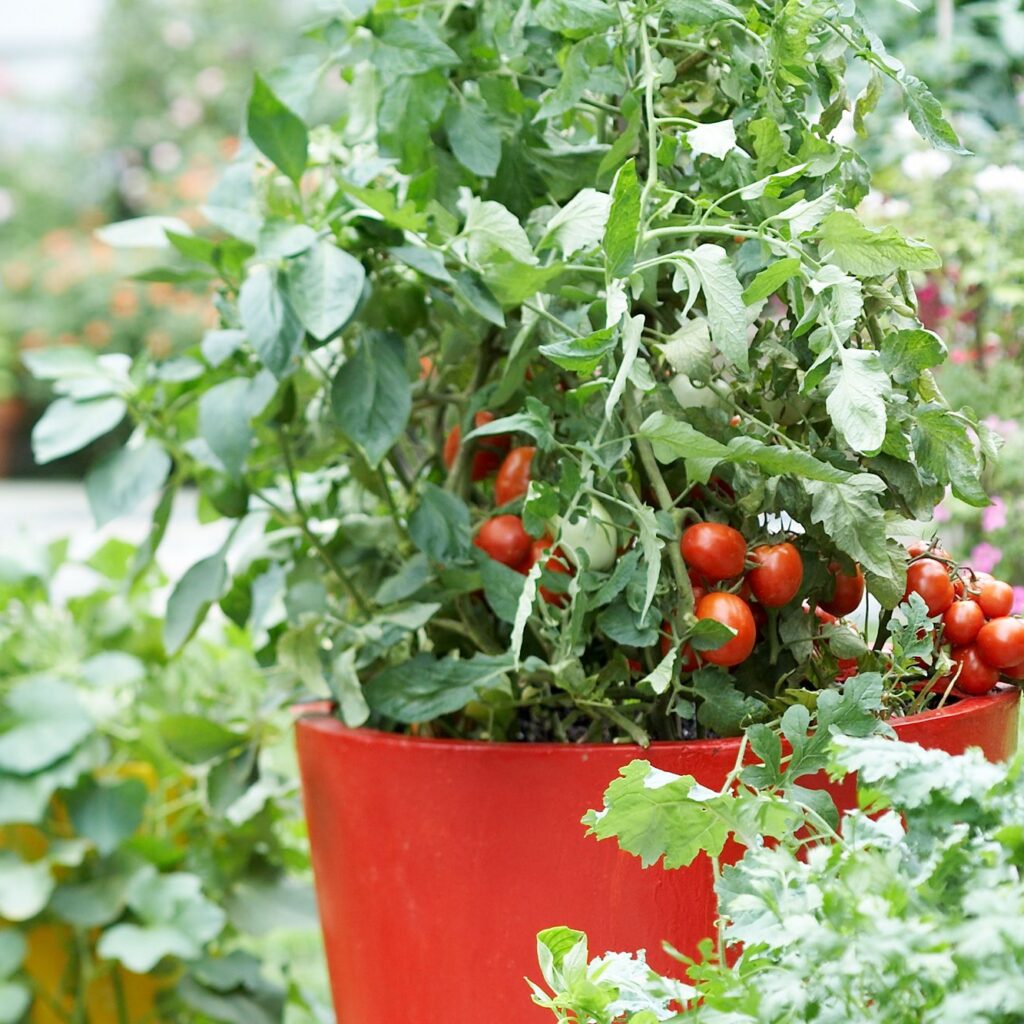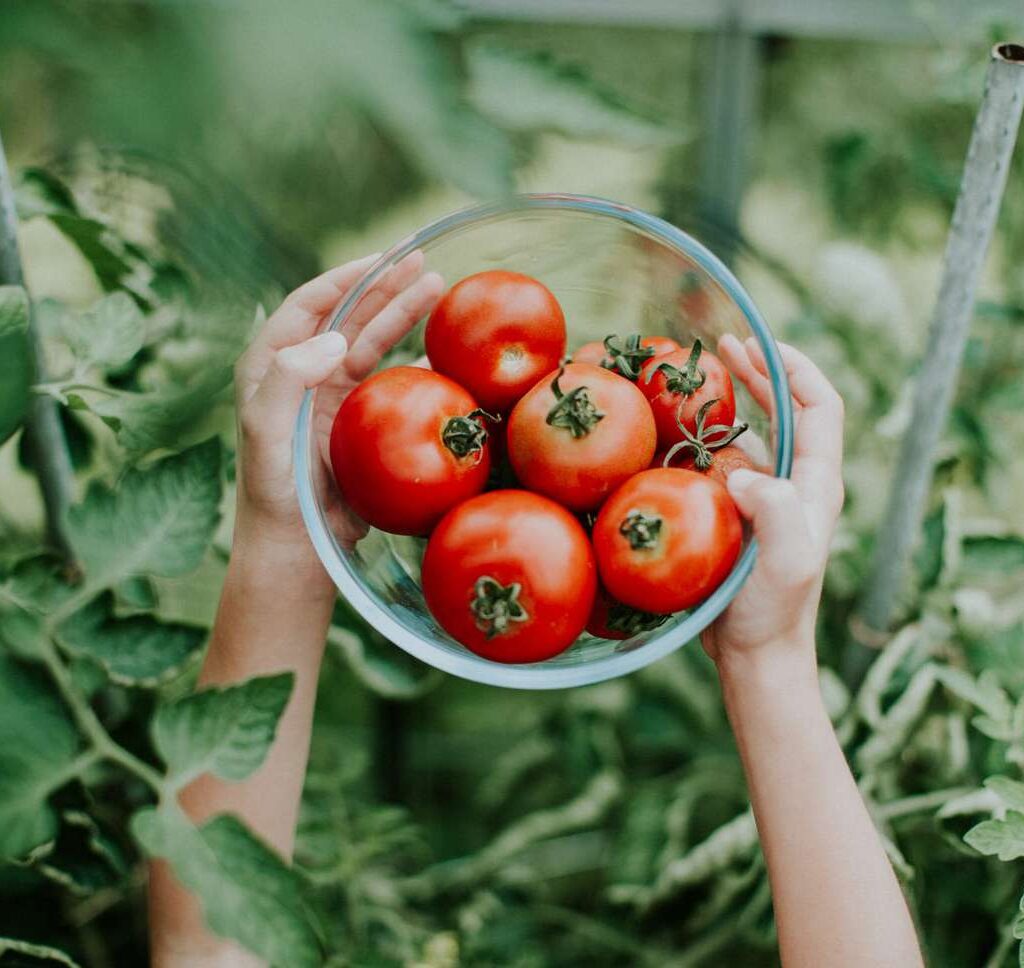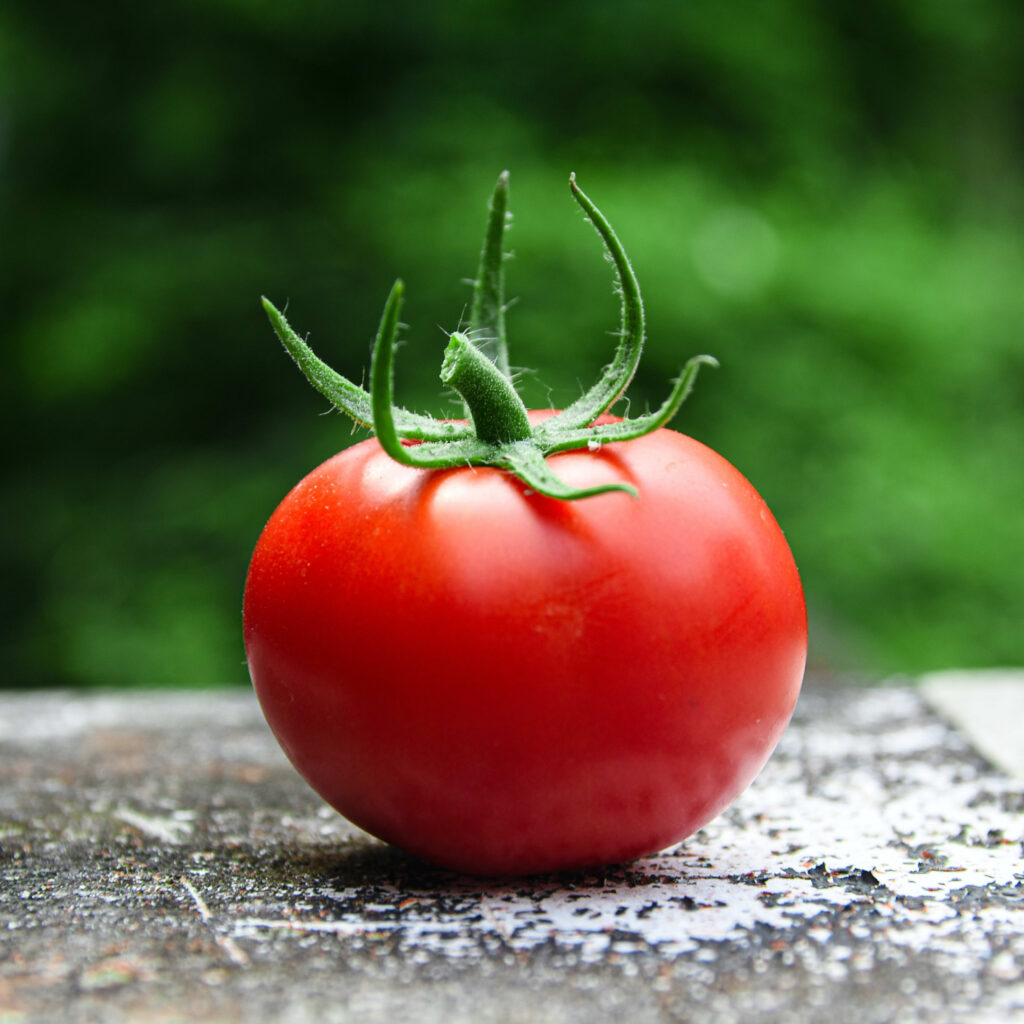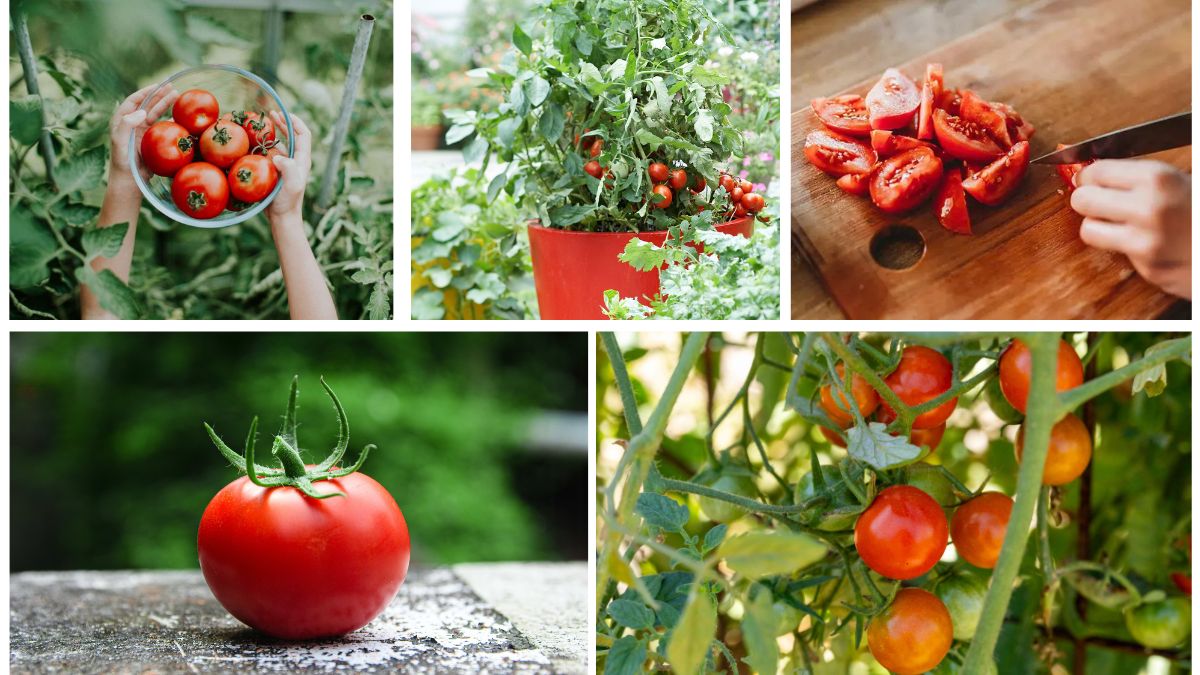Tomatoes are one of the most widely consumed and cultivated fruits in the world, even though they are often treated as vegetables in culinary traditions. From pasta sauces and pizzas to fresh salads and juices, tomatoes are essential in global cuisine. Beyond their culinary uses, tomatoes are also nutritionally dense, offering a rich source of vitamin C, lycopene, potassium, and antioxidants.
Given their popularity, tomatoes are cultivated across continents, but production levels vary greatly between countries. So, which country produces the most tomatoes worldwide? Let’s dive into the global tomato industry, uncover the leading producer, and understand what makes that country the powerhouse of tomato cultivation.
The Global Importance of Tomatoes

Tomatoes (Solanum lycopersicum) originated in South America, particularly in present-day Peru and Ecuador, before being brought to Europe in the 16th century and later spreading worldwide. Today, tomatoes are grown in nearly every country, from small backyard gardens to massive commercial farms.
Tomatoes are vital for:
- Culinary diversity – eaten fresh, cooked, processed into paste, sauces, soups, or ketchup.
- Economic significance – a high-value crop with strong demand in both fresh and processed forms.
- Nutritional benefits – rich in vitamins, antioxidants, and fiber, supporting heart health, immunity, and skin health.
According to the Food and Agriculture Organization (FAO), tomato production exceeds 180 million metric tons annually, making it one of the most important crops globally.
Which Country Produces the Most Tomatoes Worldwide?

The answer is China.
China is by far the largest tomato producer in the world, contributing nearly 35–40% of global production. With production levels surpassing 65 million metric tons annually, China’s output is more than double that of the second-largest producer, India.
Why China Leads in Tomato Production
China’s dominance in tomato production is no accident. Several factors contribute to its position as the global leader:
1. Vast Cultivated Area
China dedicates millions of hectares to tomato cultivation, ranging from small family farms to large-scale industrial farms. Provinces such as Xinjiang, Shandong, and Hebei are major hubs of tomato farming.
2. Government Support
Chinese agricultural policies emphasize food security and crop diversification. Tomatoes, being both a domestic staple and a valuable export, receive significant support in terms of subsidies, research, and infrastructure.
3. Climate Diversity
China’s varied climate—from temperate to arid—allows the cultivation of tomatoes nearly year-round in different regions.
4. Processing Industry
China has a massive tomato-processing industry, especially in Xinjiang, where tomatoes are converted into paste and exported worldwide. This processed tomato industry makes China not only a leader in production but also a key player in the global tomato paste market.
5. Domestic Consumption
Chinese cuisine has increasingly incorporated tomatoes in stir-fries, soups, and sauces. The high population ensures strong domestic demand, further boosting production.
Other Major Tomato Producers

While China leads, several other countries also play significant roles in global tomato cultivation:
1. India
India is the second-largest tomato producer, accounting for over 20 million metric tons annually. Tomatoes are grown across states such as Andhra Pradesh, Karnataka, Madhya Pradesh, and Maharashtra. Indian cuisine uses tomatoes extensively in curries, sauces, and chutneys, ensuring strong domestic demand. However, post-harvest losses and storage issues remain challenges for the industry.
2. United States
The U.S. ranks third globally, producing around 12–15 million metric tons of tomatoes annually. California dominates production, especially in processing tomatoes used for ketchup, sauces, and canned goods. Fresh tomato cultivation is also widespread in Florida and other southern states.
3. Turkey
Turkey is another major tomato producer, with production exceeding 10 million metric tons annually. The country grows tomatoes both for domestic consumption and for export, particularly to Europe and the Middle East. Turkish tomatoes are also heavily used in sauces, pastes, and dried tomato products.
4. Egypt
Egypt is the leading tomato producer in Africa, contributing more than 7 million metric tons yearly. With favorable climate and expanding irrigated agriculture, Egypt has become a strong player in both fresh and processed tomato markets.
5. Other Producers
Countries like Italy, Spain, Brazil, Iran, and Mexico also rank among the top tomato-producing nations, each contributing several million metric tons annually.
Tomato Production: Fresh vs. Processed

Tomatoes are cultivated for two main purposes:
- Fresh Market Tomatoes – Sold directly for household use in salads, cooking, and garnishing. These varieties are bred for taste, appearance, and shelf life.
- Processing Tomatoes – Grown for large-scale industrial use. They are thicker, with higher solids content, making them ideal for paste, ketchup, and sauces.
China and the U.S. dominate processing tomato production, while India produces mostly for the fresh market.
Global Tomato Consumption Trends
Tomatoes are among the most consumed fruits in the world. Here are some trends shaping global consumption:
- Health and Nutrition – Rising awareness of lycopene’s benefits (an antioxidant linked to reduced cancer and heart disease risks) is boosting tomato demand.
- Processed Food Growth – With fast food, ready-to-eat meals, and packaged sauces on the rise, processed tomato products have seen massive growth.
- Regional Preferences – While Mediterranean countries prefer fresh tomatoes in salads and sauces, Asia leans toward cooked dishes, and North America consumes large amounts of processed products like ketchup and pizza sauces.
Challenges in Tomato Production

Despite high production, the tomato industry faces several challenges:
- Perishability – Tomatoes have a short shelf life, leading to significant post-harvest losses, particularly in developing countries.
- Pests and Diseases – Crops are vulnerable to blights, wilts, and viral infections that can severely reduce yields.
- Water Demand – Tomatoes require consistent irrigation, making them susceptible to climate change and water scarcity.
- Price Volatility – Farmers often face price crashes due to oversupply, especially in India and other major producers.
- Labor and Harvesting Costs – Manual harvesting remains the norm in many regions, increasing labor dependency.
The Future of Tomato Production
Looking ahead, tomato production is expected to grow, fueled by rising global demand and innovations in agriculture. Here’s what the future holds:
- Greenhouse and Hydroponic Cultivation
Countries in Europe, North America, and Asia are adopting controlled-environment farming to ensure year-round supply and reduce pest risks. - Genetic Research
Efforts are underway to develop disease-resistant, high-yield, and climate-resilient tomato varieties. - Sustainability Trends
Water-efficient farming techniques, organic production, and reduced pesticide use will play a bigger role in shaping the tomato industry. - Expanding Processed Markets
With fast-food chains and packaged food companies continuing to expand globally, demand for processed tomato products will rise significantly.
Conclusion
So, which country produces the most tomatoes worldwide? The clear answer is China, which dominates global production thanks to its massive cultivation areas, government support, diverse climates, and thriving processing industry. India, the United States, Turkey, and Egypt also play key roles, but none come close to China’s sheer scale of production.
Tomatoes are more than just a kitchen staple—they are a global economic powerhouse, a symbol of agricultural innovation, and a vital link between farmers and consumers. As demand grows and challenges are addressed, tomatoes will remain one of the most important and beloved crops in the world.





